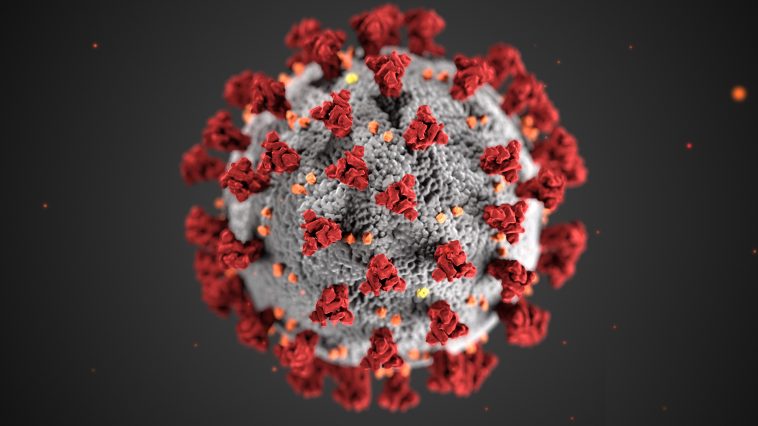From December last year, there has been an outbreak of a new virus in China labelled as the Novel Coronavirus (2019-nCov) which is spreading to other countries with no vaccine or medication developed yet to cure the virus.
Since then, over 17,485 total confirmed cases, 362 deaths and 27 countries affected with the Novel Coronavirus (2019-nCov).
The virus was initially known to be a cause of a cluster of pneumonia cases in China in 2019 and now likely to become a pandemic in Asia and even beyond.
What is the Coronavirus (2019-nCov)?
Coronaviruses are a large group of viruses. They consist of a core of genetic material surrounded by an envelope
with protein spikes giving it an appearance like a crown. A crown in Latin is known as “corona” and that is how these viruses get their names.

What are the types of Coronaviruses?
There are different types of Coronaviruses of which some cause respiratory diseases while others cause gastrointestinal symptoms. Most symptoms in the respiratory cases are common cold and sometimes pneumonia and most people, the symptoms turn to be mild.
Some of the coronaviruses cause severe diseases for example the SARS-Cov (Severe Acute Respiratory Syndrome) which was discovered in China in 2003 and the Middle East respiratory syndrome coronavirus (MERS-Cov) that was identified in Saudi Arabia in 2012.
2019-nCov was discovered in China and initially occurred in a group of people found to be infected with pneumonia. These persons were known to be associated with seafood and live animal market in the city of Wuhan.
The disease has since then spread from infected persons to family members taking care of them or healthcare workers.

Origin of the virus
With respect to the MERS-Cov, investigations proved that it was transmitted from camels while SARS-Cov was found in civet cats but the origin of the 2019-nCov is still unknown.
Transmission
The exact dynamics of how the new coronavirus is transmitted is yet to be determined but generally, respiratory diseases are transmitted through droplets created when an infected person coughs or sneezes or through something that has been contaminated with the virus. Most other people who are at greater risk of infection are those who are in close contact with animals such as live animal market and those who care for infected persons such as family workers or healthcare workers.
Symptoms
Symptoms may range from mild to severe with fever, cough and shortness of breath while in severe cases, infected persons will have pneumonia, kidney failure and death. The mortality rate is not known yet but metrics gathered are over 17,485 total confirmed cases, 362 deaths and 27 countries affected.
Diagnosis
The disease can be diagnosed by a test known as PCR (Polymerase Chain Reaction) and it identifies the virus based on its genetic fingerprints.
Treatment
There is currently no treatment for the virus and infected persons are under supportive care. No vaccine yet to protect people from the virus with medication under development.
Prevention
There are Standard Hygiene measures of which the virus can be prevented from spreading and that includes;
- Covering your mouth and nose when coughing or sneezing with a medical mask, tissue or bent elbow.
- Avoiding close contact from persons infected with the virus.
- The appropriate use of mask and personal protective equipment (PPE) especially in a healthcare setting.
- Washing hands regularly with soap and water or alcohol based hand rub.
Avoiding infection from animal source include;
- Avoiding unnecessary unprotected contact with animals.
- Washing hands regularly with soap and water or alcohol based hand rub after touching or holding animals.
- Ensuring that animal products are thoroughly cooked before consumed.
If you have a fever, difficulty in breathing or showing any signs or symptoms mentioned, please seek medical attention as soon as possible. Tell a friend to tell a friend.
Source: World Health Organization (WHO)









